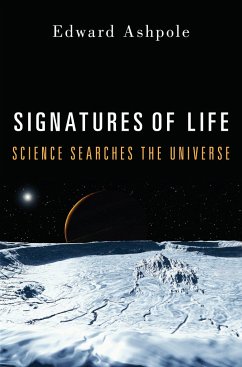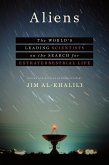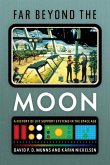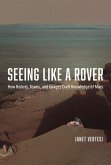An intriguing overview of the ways in which science could find evidence for extraterrestrial life Are we alone in the universe, or is life a universal phenomenon? For fifty years, astronomers in SETI (Search for Extraterrestrial Intelligence) have scanned the universe for intelligent signals, but with no success. In this intriguing book, Edward Ashpole explains the probable reasons for this and discusses other avenues of investigation more in line with the nature of science and technology. The author examines the problems inherent in scanning the universe for radio or optical signals from an alien intelligence. These include the difficulty of trying to communicate with another species possessing a completely unknown form of technology and the vast distances that alien communications would have to travel to reach us. This leads Ashpole to other ways of finding evidence for extraterrestrial life, given that advanced civilizations would probably use artificial intelligence for interstellar travel. Our scientists now know how to detect the presence of life on a planet by observing its spectral lines, so more advanced alien researchers would have had ample time (about two billion years) to investigate these "signatures of life" coming from Earth. Hence, the author argues, alien space probes could exist within our own solar system; there might be evidence on the erosion-free Moon or on another moon or planet. In fact, a few scientists have scanned NASA's best photography, looking for evidence of such "alien archaeology." In a final chapter, the author urges an open-minded attitude on the part of scientists to all credible sources of information, along with the use of the scientific method to test various hypotheses and weed out the fantasy factor, which so often interferes with serious attempts to find hard evidence of extraterrestrial intelligence. Informative and fascinating, Signatures of Life delves into a topic that often provokes wild speculation in a thought-provoking yet scientifically responsible way.








